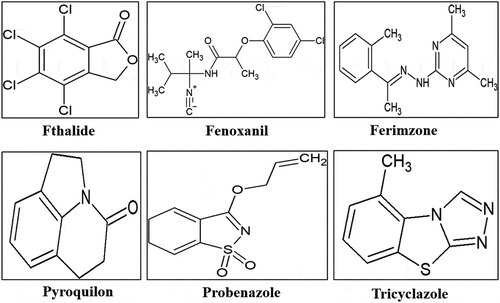Figures & data
Figure 1. Global distribution of rice blast disease. Red spots indicate the countries with reports of rice blast
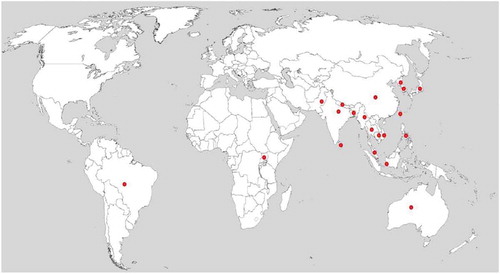
Figure 3. Microscopic view of M. oryzae (a) and (b) three-celled conidia with germination tube (40× magnification); and (c) appressorium formation (10× magnification)
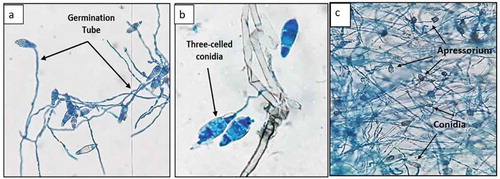
Figure 4. Infection cycle of M. oryzae: i) Attachment of conidia to the surface of host cell by adhesive mucilage ii) spore germination, development of germ tube and appressorium formation iii) emergence of penetration peg iv) invasive growth in the host plant. Modified from (Jia et al. Citation2016)
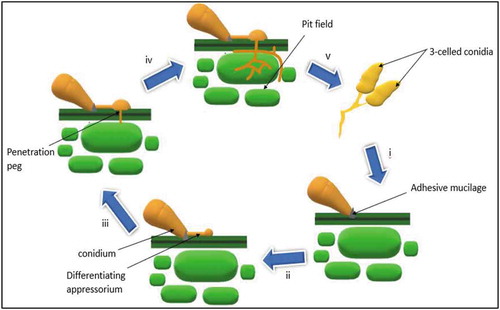
Figure 5. Schematic diagram of the Pmk1 mitogen-activated protein kinase (MAPK) pathway and the cyclic AMP (cAMP) response pathway in the rice blast fungus. Solid lines denote physical or genetic interactions that are supported by experimental evidence. Dotted lines denote tentative interactions Modified from (Wilson and Talbot Citation2009; Jiang et al. Citation2018)
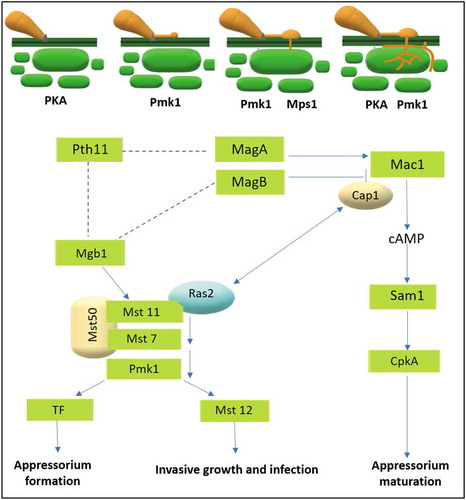
Figure 6. Structural representation of various pesticides used as inhibitors against rice blast infections
